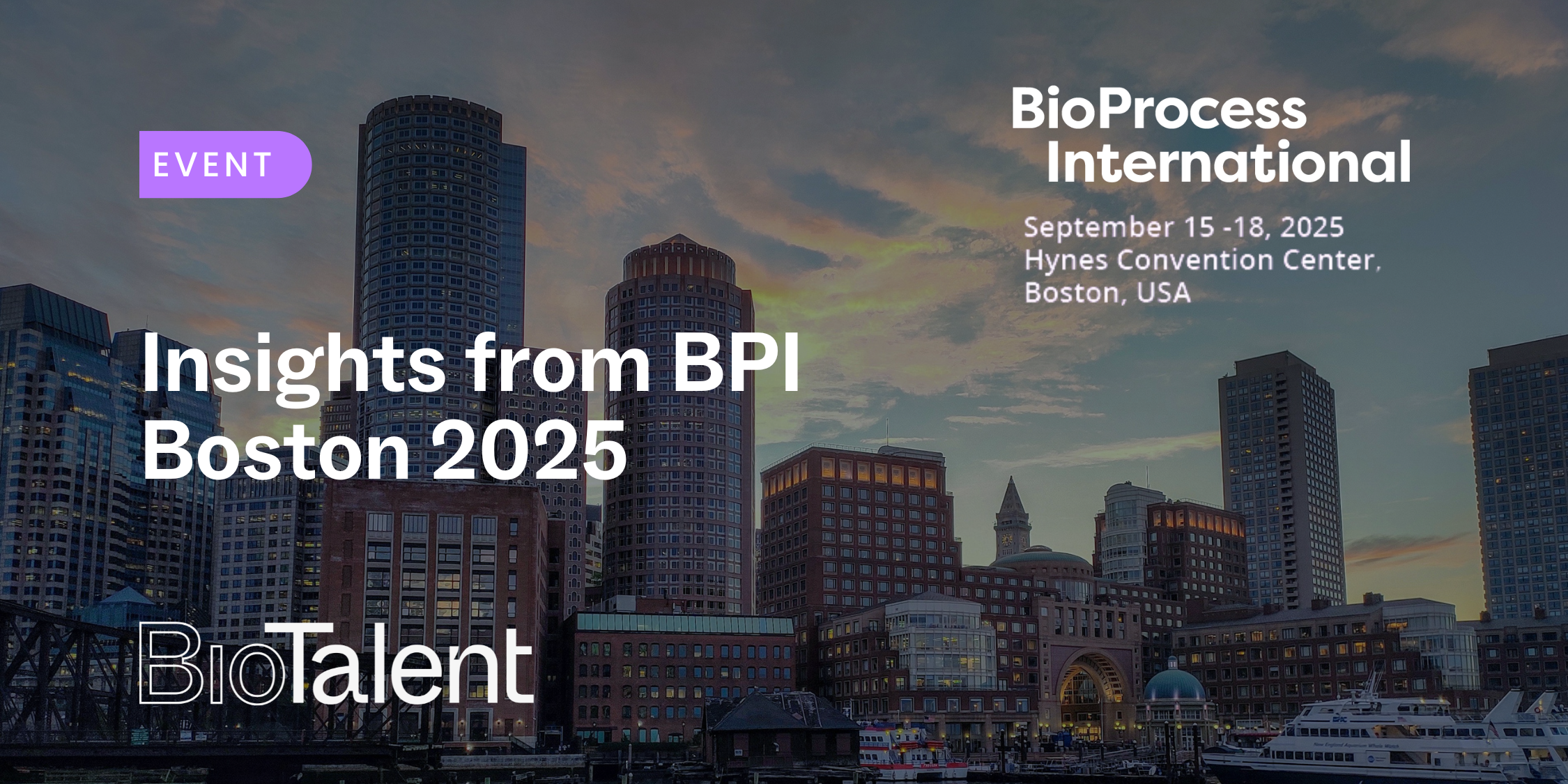In September 2025, 25 senior executives and academic experts gathered at the BioProcess International Talent Boardroom in Boston, USA to discuss one of biopharmaceutical manufacturing's most pressing challenges. The conclusion was stark: despite billions invested in automation and digitalisation, talent has overtaken technology as the primary constraint on enterprise value creation.
The paradox of Biomanufacturing 4.0
Whilst the sector has successfully scaled physical and technological infrastructure, workforce capability hasn't kept pace. The numbers tell a concerning story. The average time from vacancy to full proficiency now stretches to nine months, with critical hire losses translating into multimillion-dollar EBITDA exposure. Industry data reveals that annual workforce volatility costs can exceed €15–27 million per facility.
More troubling still, digital skills gaps in MES, LIMS, robotics and data science continue to widen faster than training pipelines can address them. The result? Companies are unable to extract full value from their advanced manufacturing investments, with automation ROI eroding by as much as 50% in some cases.
The visibility problem
Traditional HR metrics — headcount, cost-per-hire, basic turnover rates — provide little predictive value when understanding workforce volatility or the operational delays stemming from extended onboarding cycles. Leadership teams are essentially operating blind to their most volatile and financially material asset.
The impact is measurable. Companies in the lowest quartile of talent management performance experience 23% longer product launch timelines and regulatory inspection failure rates up to 40% higher than their peers. This isn't just an HR issue; it's a strategic risk that flows directly to the bottom line.
A finance-grade solution
The good news? A quantifiable framework is emerging. Through Talent Science, organisations can now approach workforce management with the same rigour applied to financial assets. At its centre is Talent Efficiency (TE), a metric that links workforce design directly to enterprise outcomes. TE captures both positive contributions, including productivity and skills alignment, and negative frictions arising from recruitment delays, extended onboarding and workforce volatility.
The business case is compelling. Benchmarking demonstrates that each 0.01 increase in TE associates with a 0.8 percentage-point uplift in EBITDA margin. When embedded into advanced financial models, organisations can evaluate workforce interventions with the same rigour applied to capital investments.
Real-world examples validate this approach. A top five global CDMO improved digital system utilisation from 34% to 87% through skills-gap forecasting and targeted training, unlocking $156 million in annual value. A mid-tier pharmaceutical firm reduced attrition from 47% to 18% whilst accelerating FDA approval timelines by six months through TE monitoring and digital twin-based onboarding.
The cost of inaction
As the sector transitions from molecules to minds, the organisations that will define the competitive frontier are those treating talent as a measurable asset class. Those integrating predictive workforce metrics into board-level decision making will capture value.
Firms that fail to adapt face escalating risk: skills gaps widen, attrition intensifies and recruitment costs rise as competition for scarce talent increases across global hubs such as Boston, Basel and Singapore.
Want the full analysis? The whitepaper includes detailed case studies with verified ROI, predictive modelling frameworks and strategic implementation roadmaps synthesised from discussions with Boardroom participants.
Access the insights that leading biopharmaceutical manufacturers are already using to turn talent from constraint to competitive advantage

